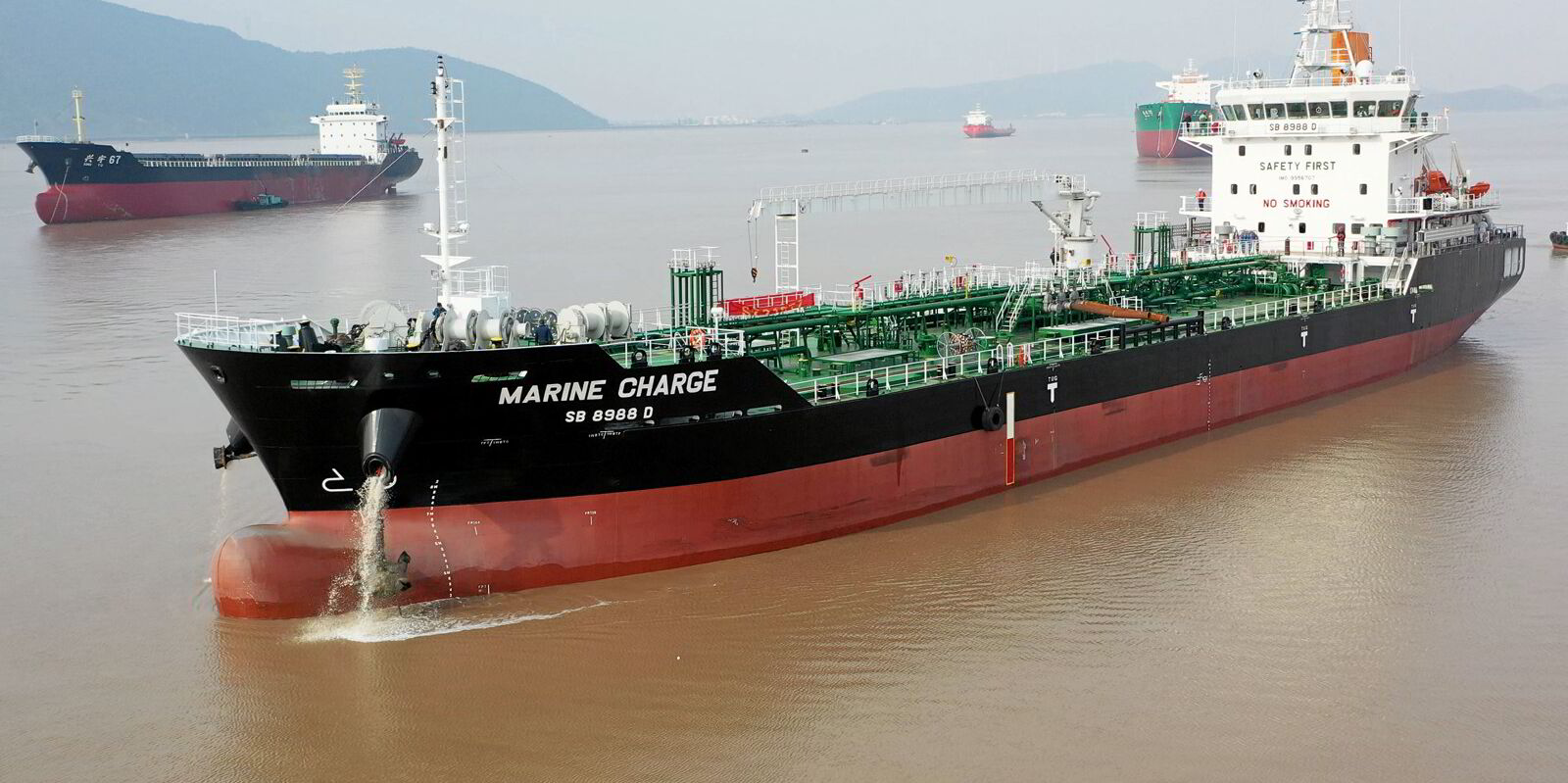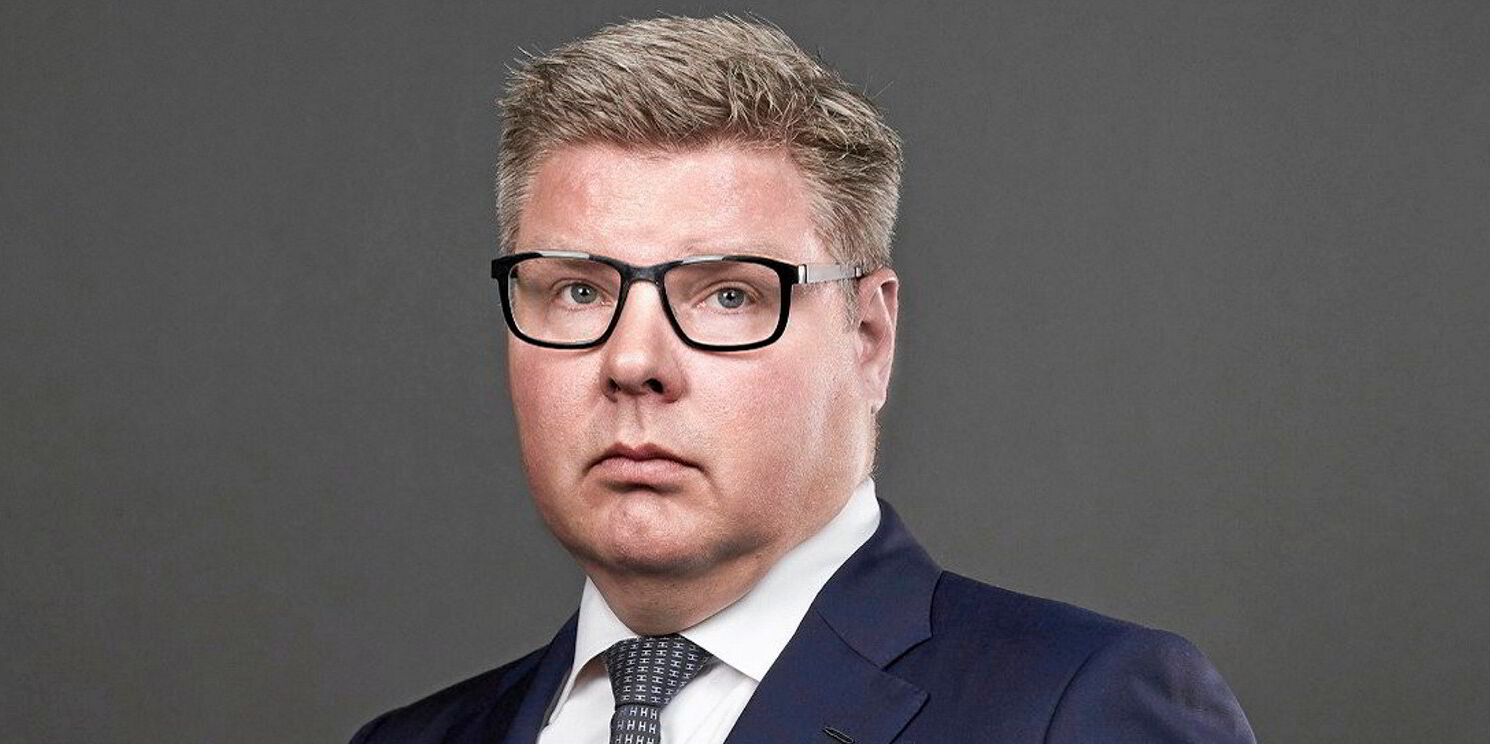UK shipbroker Gibson believes clean tankers will capture more of the European fuel market as the Mediterranean becomes an emissions control area (ECA) from 1 May next year.
The London shop said the maximum sulphur content of fuel burned on board will fall from 0.5% to 0.1% unless a scrubber is fitted.
Gibson believes that refineries and bunker suppliers can adapt to the necessary changes in demand following the introduction of previous ECAs.
But the company said there will be implications for bunker prices and commodity flows in and out of the region.
Current bunker demand in the Mediterranean is estimated at around 21.5m tonnes per year, with more than 50% consisting of 0.5% very low-sulphur fuel oil, the brokerage said.
From May, demand for VLSFO in the region is expected to fall, with ships only bunkering the fuel for use outside the ECA.
Data from Marine and Energy Consulting suggest suppliers will only sell around 6m tonnes per year, as owners shift to 0.1% marine gasoil and ultra low-sulphur fuel oil.
“In theory, HSFO [high sulphur fuel oil] demand should remain steady as ships fitted with scrubbers continue to burn high sulphur grades,” Gibson said.
“However, with some scrubber systems unable to ‘scrub down’ HSFO to 0.1%, it remains to be seen how many owners will be forced to switch to other grades,” it added.
Vessels without exhaust cleaners will face higher costs.
Costs and rates to rise?
So far this year in Gibraltar, 0.1% MGO has averaged $798 per tonne, against $590 for VLSFO.
Higher freight rates are likely as owners seek to cover these costs, Gibson said.
For tankers, Worldscale flat rates should be moved up as a result, the company added.
Because a decline in demand for VLSFO is inevitable, export arbitrage opportunities should also open up from the region, most likely to countries east of Suez, Gibson argued.
“At the same time, the Mediterranean should see its structural deficit of gasoil increase, with cargoes being imported from the US and Middle East,” the broker said.
“Trading of compliant grades across the region should also get a boost, at the expense of movements of VLSFO cargoes,” Gibson added.
“Overall, this suggests a modest shift from dirty to clean tankers for regional moves, although larger dirty tankers are likely to see some benefit from exporting surplus fuel oil to Asia.”






